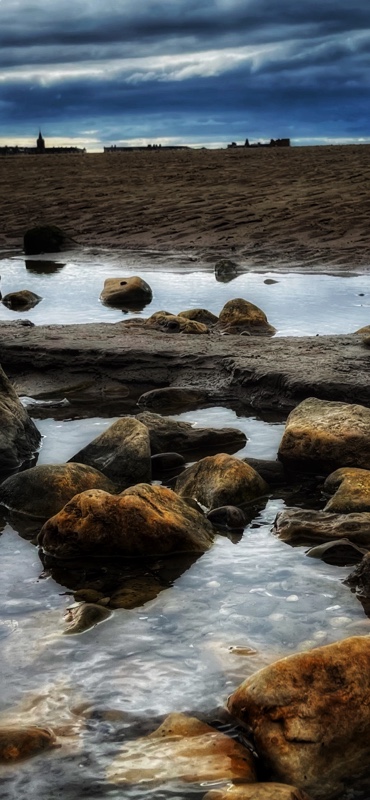
The treachery of Morecambe Bay has been well-documented throughout its history. Volatile, unpredictable and downright dangerous are words often used to describe it by those in the know.
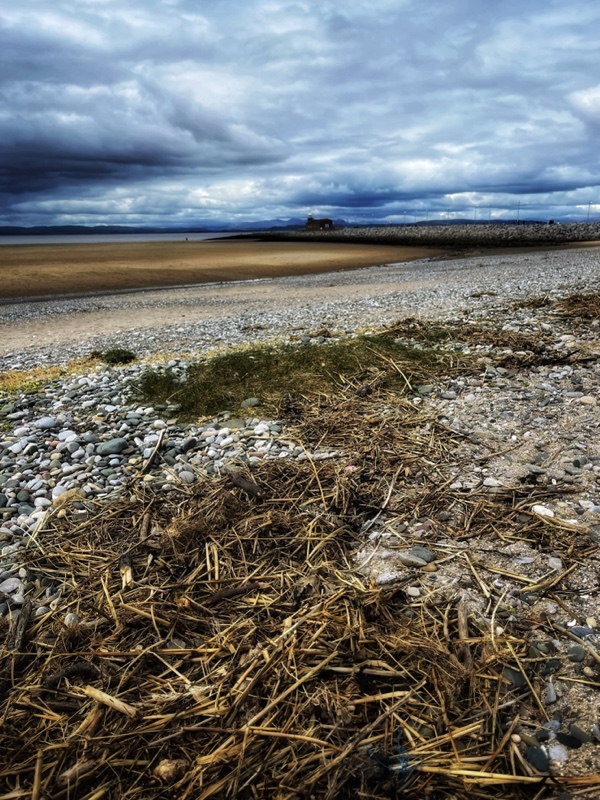
A ‘sister’ resort to Blackpool, forty miles to the South – Morecambe has managed to cling to a little of its former Victorian glamour partly due to such iconic buildings as the renowned Art Deco Midland Hotel in the middle of its four-mile seafront.

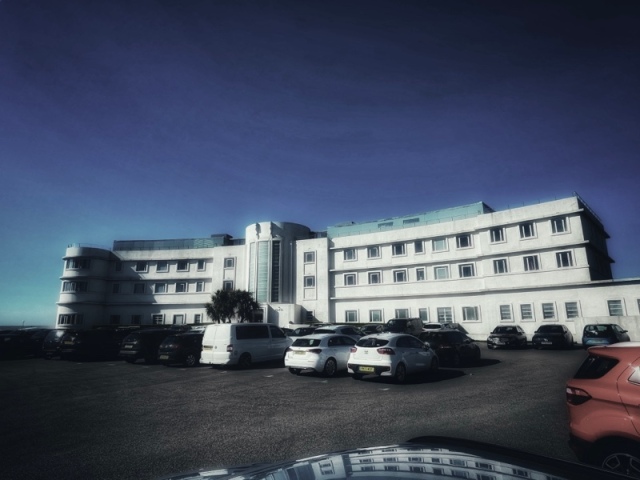

St Patrick’s Chapel on the cliff tops south of its neighbour, Heysham, is an example of how the town protects its ancient as well as modern history, via, in this case, the National Trust.
The original Anglo Saxon chapel here is thought to have been established a short distance from the rock-cut graves in the photo below during the 8th century, around 1300 years ago.

The chapel may have been established at the behest of a wealthy patron. Amazingly, remnants of plaster and paint have been found in recent, detailed excavations… Also, the chapel would have been too small to accommodate a congregation.
The stone graves remain a mystery, but are not unique to this site.
The chapel was rebuilt and extended in the 10th century, possibly due to the increasing popularity of Saint Patrick as a patron saint
Following this the existing walled enclosure developed as a cemetery. Burials of at least eighty men, women and children have been recorded in the area around the chapel. Whatever its origins, it was a very important place.
The ‘treachery’ associated with Morecambe Bay lies through the open door of St Peter’s Chapel, above: the sea; and the shifting and deadly sands on which it flows.
Morecambe’s tide comes in, to use the popular but true expression, faster than a galloping horse.
Faster than a galloping horse…
And there have been terrible consequences…
On the evening of 5th February 2004, 21 Chinese illegal immigrants, who had been put to work by local Chineses gangmasters picking the celebrated cockles, died of drowning and hypothermia when they found themselves lost on the sands of Morecambe Bay, two miles north of Morecambe centre.
The local Coast Guard rescue services knew approximately where they were, but in the fog of that evening, were unable to get to them – even by helicopter.
Those responsible were jailed for several years at UK prisons. The one good thing to come out of the tragedy was the provision of government funds for a second lifeboat station to contain a hovercraft: a vessel that has since been responsible for the saving of many lives and would have been able to reach the poor ‘cocklers’, as they are referred to.

The joys and the dangers of Morecambe Bay will be centre-stage within the new ‘Eden North’ project. Based on the successful Eden Project in Cornwall, the newly named ‘Eden Morecambe’ development will showcase the diversity and importance of Morecambe Bay.
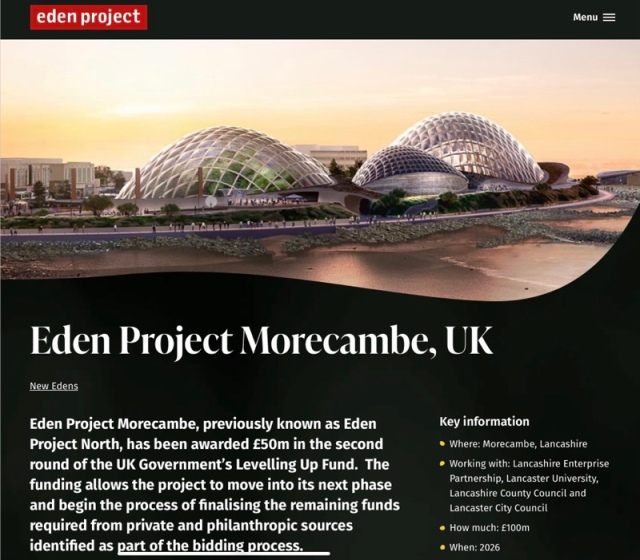
The UK Government has recently guaranteed to provide £50 m as part of the ‘Levelling Up’ programme. This will allow the Eden Morecambe development to begin in ernest.
I will be writing regular posts on its progress.
You can find more about Eden Morecambe here.
Eden will be a great boost and an addition to Morecambe Bay’s many faces.

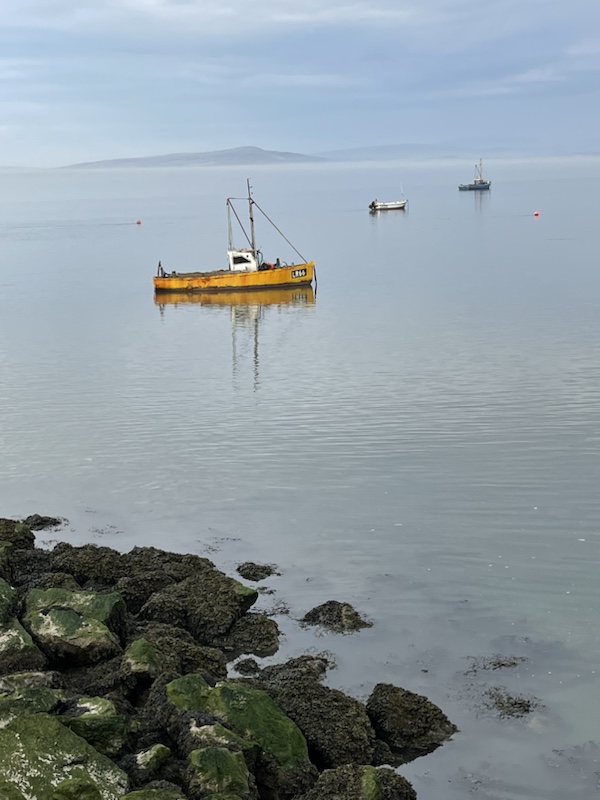

©Stephen Tanham 2023
Stephen Tanham is a Director of the Silent Eye, a journey through the forest of personality to the dawn of Being.
http://www.thesilenteye.co.uk and http://www.suningemini.blog

Fascinating. Sort of like the Bay of Fundy in Canada. I’ve never had a cockle – or do they have another name?
Thank you, Noelle. I’ve only even known it as cockle. I’ve looked it up on Wiki for you: https://en.wikipedia.org/wiki/Common_cockle
The cockle shells look like scallop shells which we find on our beaches but they lack the auricles – little protrusions near the hinge. I would love to taste cockles – I’ll bet they taste like mussels or clams.